
Water determines the Great Lakes Region’s economic future
Climate change, geopolitics and business opportunities power a blue economy
This story is a collaboration between The Narwhal and the Toronto Star.
As recently as November, the Ontario government pitched the Bradford Bypass as a four-lane highway.
But over the last year, Ontario’s Ministry of Transportation has quietly been considering expanding the project to eight lanes by the year 2041, according to freedom of information documents provided to The Narwhal and The Toronto Star by the Simcoe County Greenbelt Coalition.
“It doubles everything,” said the executive director of the coalition, Margaret Prophet.
“It doubles the amount of land taken out, it doubles the amount of impact to source water … [it] has just gotten that much bigger in a really sensitive area, and people don’t really know.”
The Bradford Bypass, if built, would run a 16.2-kilometre route through York Region and Simcoe County, connecting Hwys. 400 and 404. It would pass through farmland, cross the Holland River, which drains into Lake Simcoe, and cut into a section of Ontario’s Greenbelt called the Holland Marsh.
The province has said the highway is needed to clear up the clogged county roads that currently connect Highway 400 with Highway 404, especially with York Region and Simcoe County expecting an explosion of population growth in coming decades.
The highway, which the province is planning to open for public use as soon as 2031, won’t put congestion issues in the region to rest, according to the government’s own estimates.
Parts of the highway would be jammed the very first year it opens, according to the internal document provided to The Narwhal and The Toronto Star.
Publicly, the province has pitched the Bradford Bypass as a four-lane highway. It was listed as such in the government’s 2022 budget, which served as the Progressive Conservatives’ de facto election platform. The province also described the highway the same way to the federal government, which in Feb. 2022 rejected for the second time a request to review the environmental implications of the Bradford Bypass.
The Ontario government has also described it as four lanes in press releases, as recently as Nov. 9.
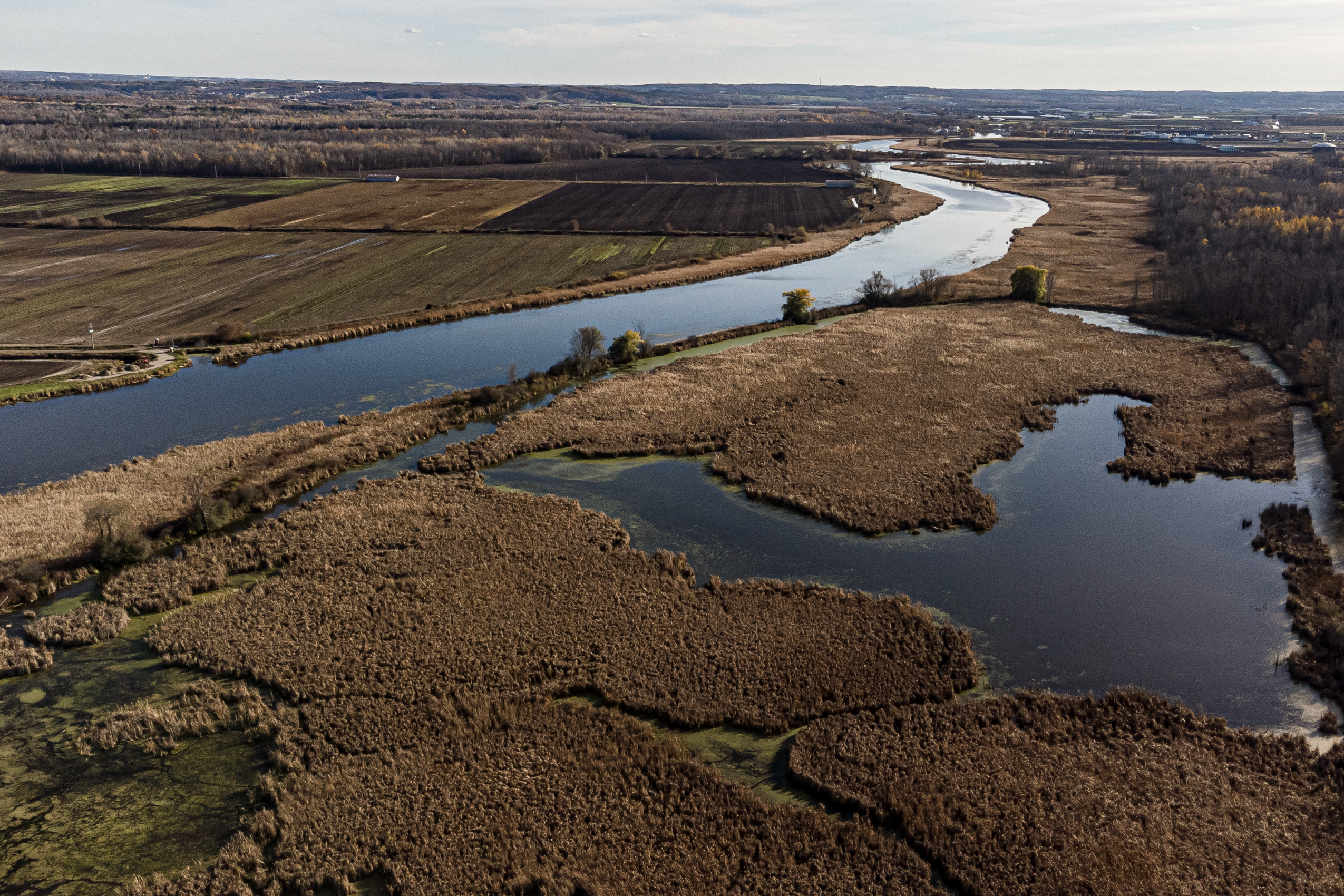
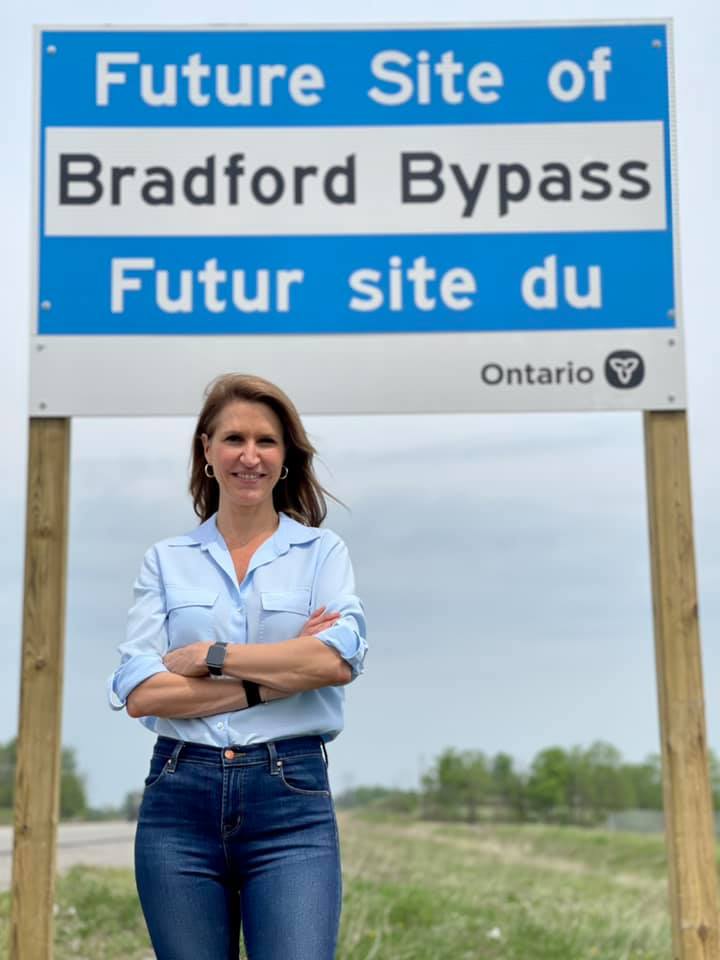
But in recent months, the province’s plans for the highway appear to be in flux — and expanding. The highway would initially open with four lanes, two in each direction, said a ministry report posted on the project’s website in October. But its “ultimate” design “includes one high-occupancy vehicle lane and three general purpose travel lanes in each direction,” the report said, noting that a two-stage build would “allow deferral of a significant proportion of the overall project cost.”
A slideshow prepared for a Nov. 24 public consultation session for locals was even more definitive: “In its ultimate configuration (2041), the Bradford Bypass will feature six general purpose lanes and two HOV lanes (three lanes and one HOV lane in each direction).”
The province has been contemplating doubling the size of the highway since at least Oct. 2021. An internal report, prepared that month by consultants for the government as it explored the possibility of tolling the bypass, refers repeatedly to an “assumed widening to eight lanes” by 2041.
Dakota Brasier, a spokesperson for Transportation Minister Caroline Mulroney, said in an email that the project is still expected to be a “four lane highway.”

“When we look to expand or build any new infrastructure, we do an analysis on the current and future traffic flow, which includes forecasts for decades ahead,” Brasier said. “To support future growth, there is a potential the Bradford Bypass could need to be expanded, however that is not currently the plan.”
She did not answer questions about how many lanes the province’s environmental assessment is accounting for.
Prophet said it’s possible that the federal government might have come to a different conclusion about the Bradford Bypass in early 2022 had it known all the information.
“I think if they knew that this was going to be an eight lane highway, that would be a substantive change,” Prophet said.
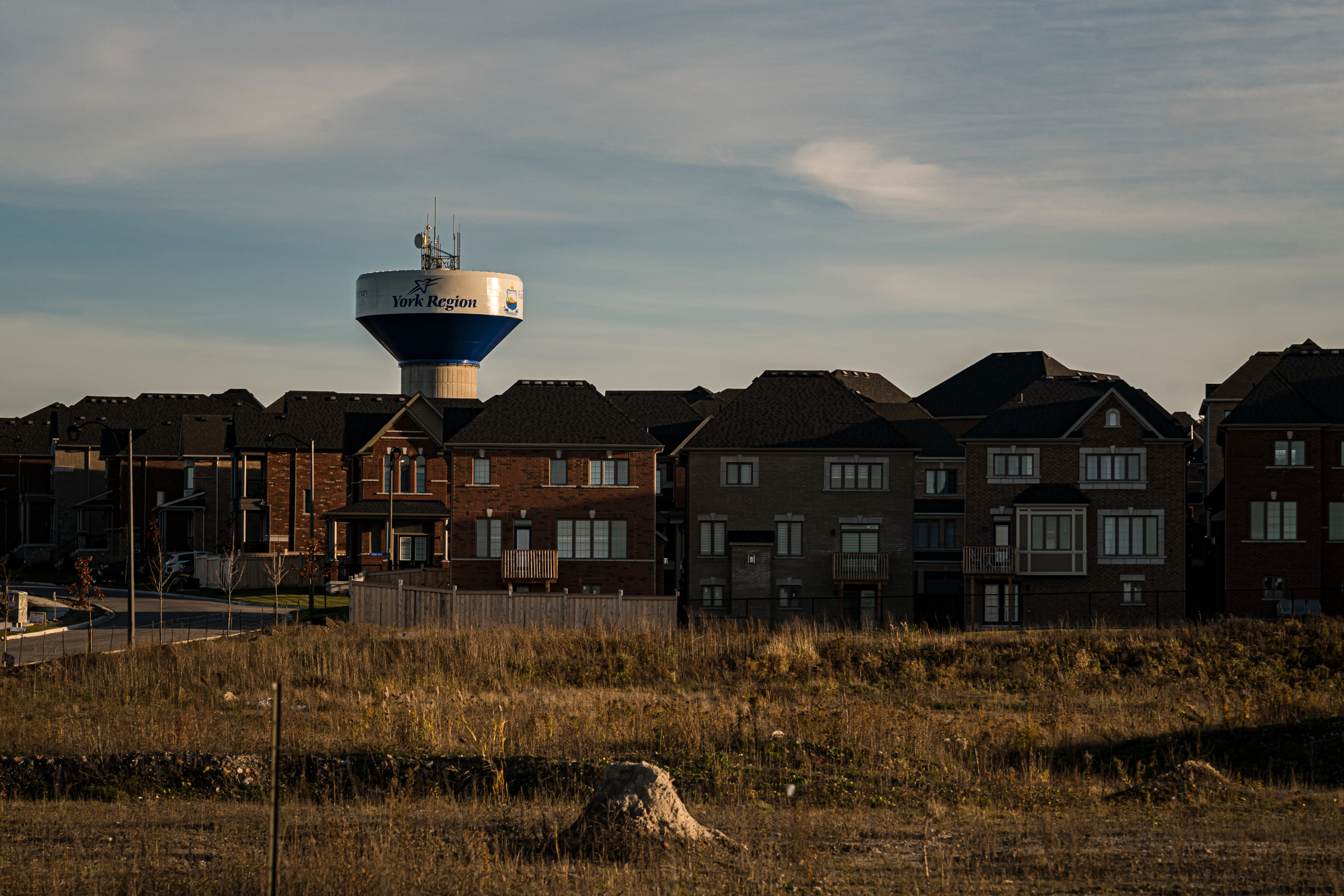
The Impact Assessment Agency of Canada — which prepared an analysis of the Bradford Bypass to help federal Environment Minister Steven Guilbeault make a decision about the project — said it did not know the highway could be eight lanes. But it did know the number of lanes could change in response to traffic forecasts, and the overall amount of land set aside for the project has not changed, the agency said.
Guilbeault’s office did not answer when asked whether knowing the specifics of the expansion plan would have changed his decision.
Mulroney has previously said the Bradford Bypass will cost $800 million to build, but it’s unclear whether that estimate is for a four- or eight-lane highway. Brasier didn’t answer when asked how many lanes are included in that figure. In a report published this month on highway planning, Ontario’s Auditor General estimated the Bradford Bypass would actually cost between $2 billion and $4 billion.
“As we bring this project to market, we want to ensure we can retain the best value possible for taxpayers,” Brasier said in an email. “To preserve the competitive procurement process, we are unable to provide details on cost estimates.”
The government hasn’t finalized its plans for the highway design yet, but in early November began construction on a new bridge to route an existing road over the future bypass.
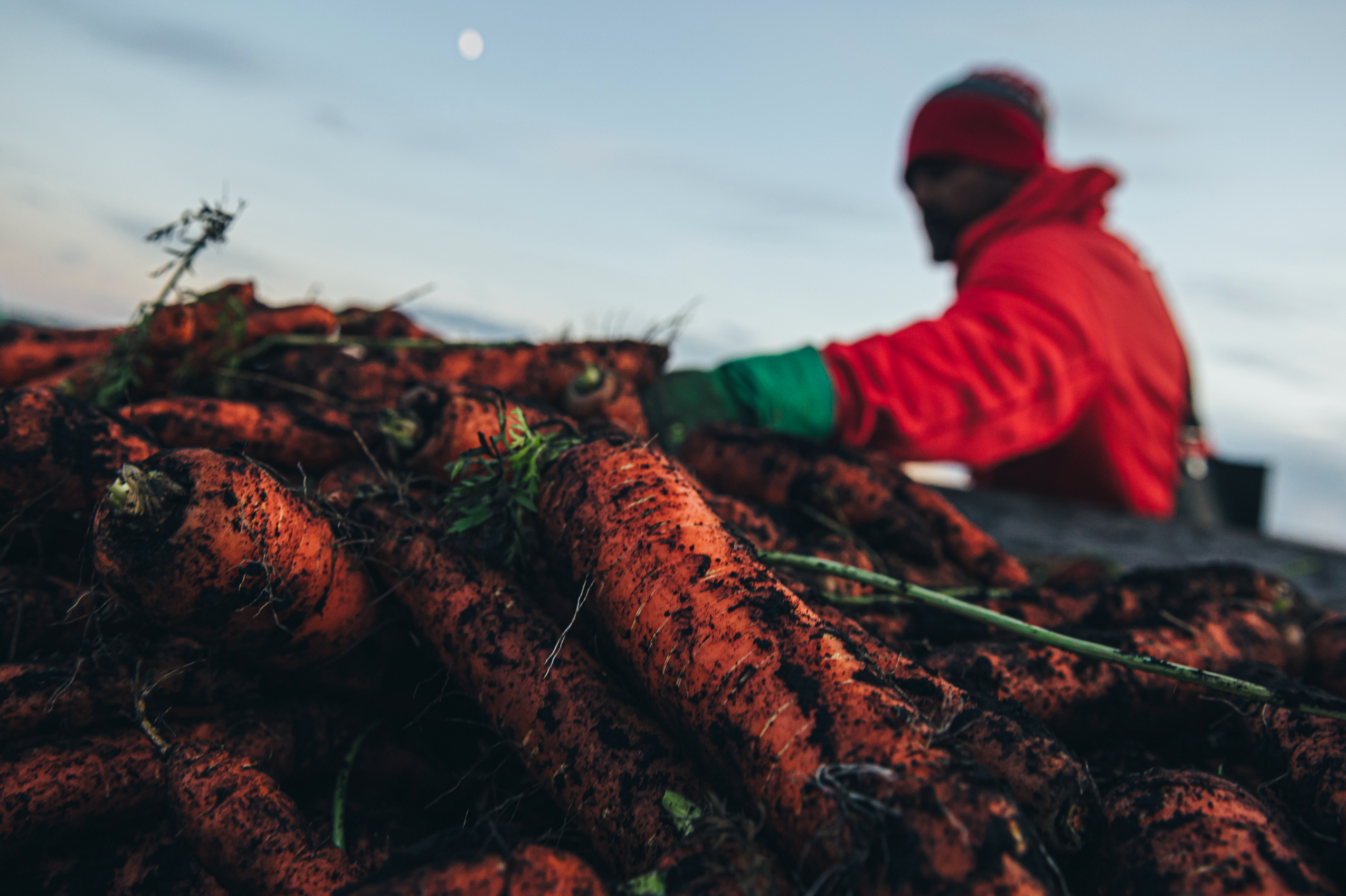
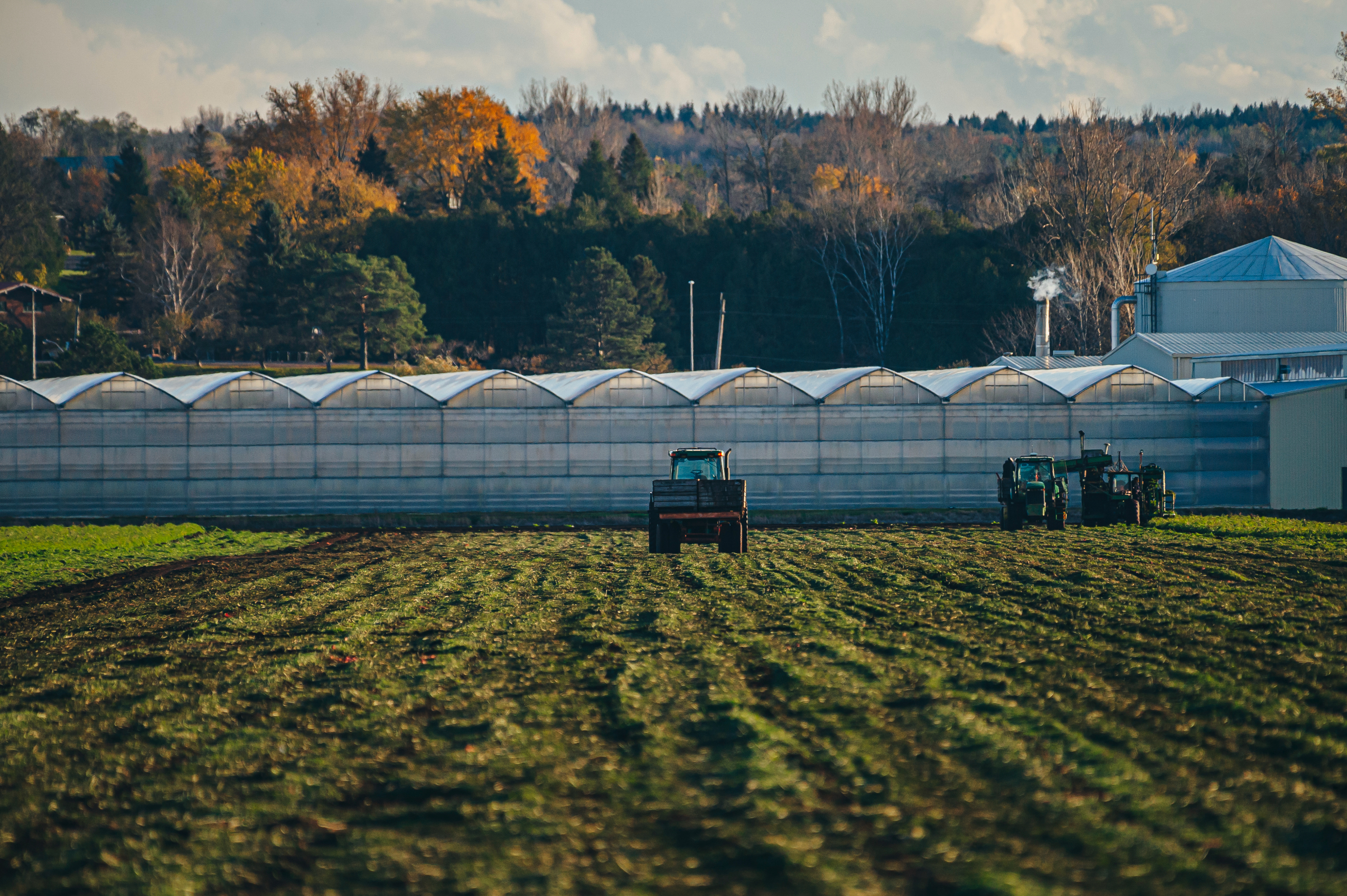
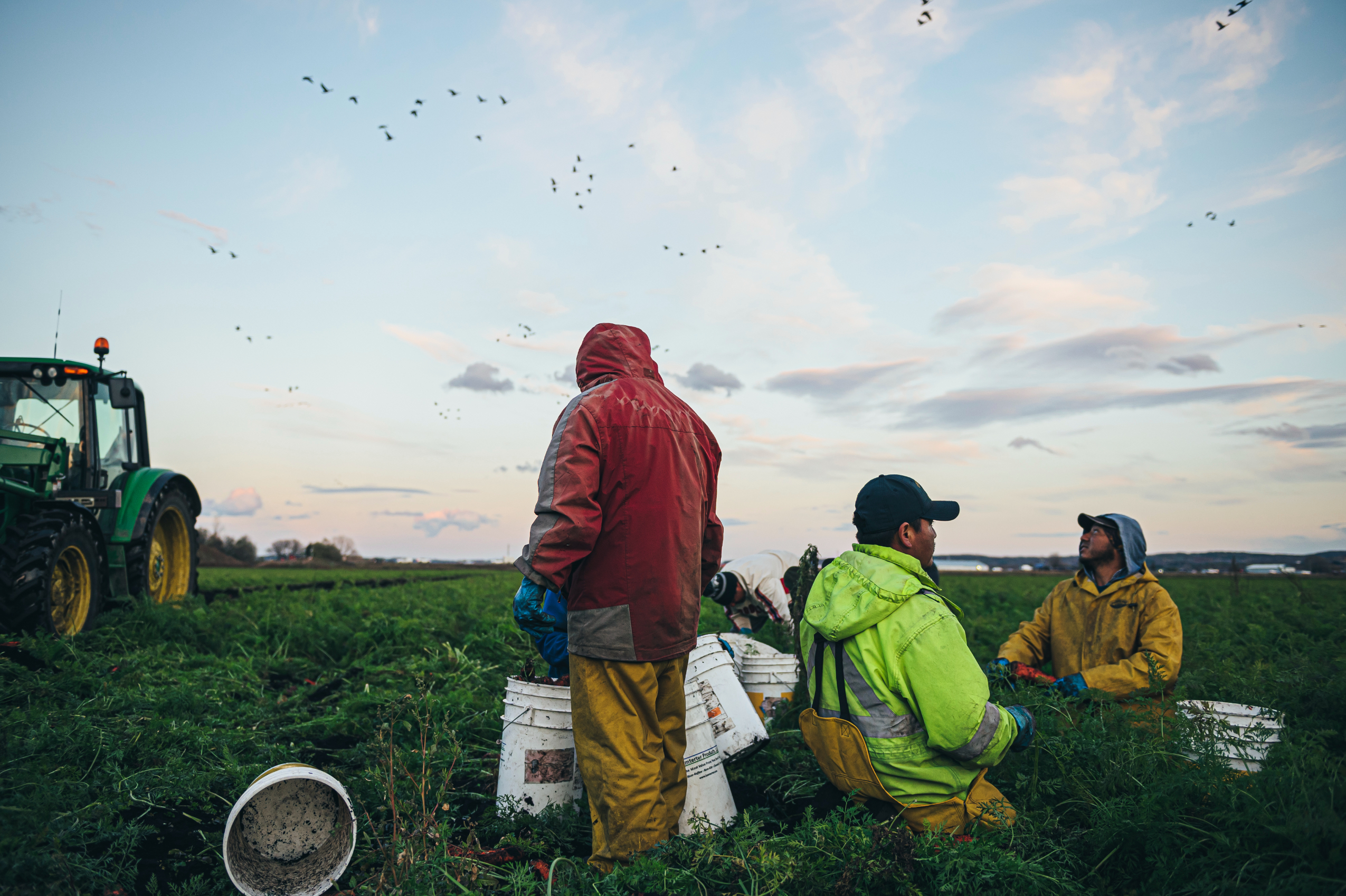
The Bradford Bypass would send more than 30,000 vehicles per day through what was once among the largest wetlands in southern Ontario. Settlers drained much of the original Holland Marsh area in the 1920s for agriculture. Nicknamed Ontario’s vegetable patch, the area is known for its fertile soil. The Bradford Bypass would cut through some of the remaining wetlands in the marsh, lands considered by the province to be environmentally significant.
The idea of a highway there is decades old, and the project last received an environmental assessment in 1997, before the existence of provincial policies protecting the Greenbelt. That review, based on plans for a four-lane highway, found that the project could cause impacts from air pollution, and that road salt runoff could contaminate groundwater and the Lake Simcoe watershed. It also included concerns from Chippewas of Georgina Island First Nation, based on Lake Simcoe, which had concerns about archaeological sites along the route.
The Ontario government shelved the Bradford Bypass in the 2000s, but former Liberal Premier Kathleen Wynne put it back in the province’s long-range plans in 2017. Still, it didn’t move forward until two years later, when Premier Doug Ford’s Progressive Conservatives picked it back up, later fast-tracking an updated environmental assessment.
Locals have long supported the proposal, too.
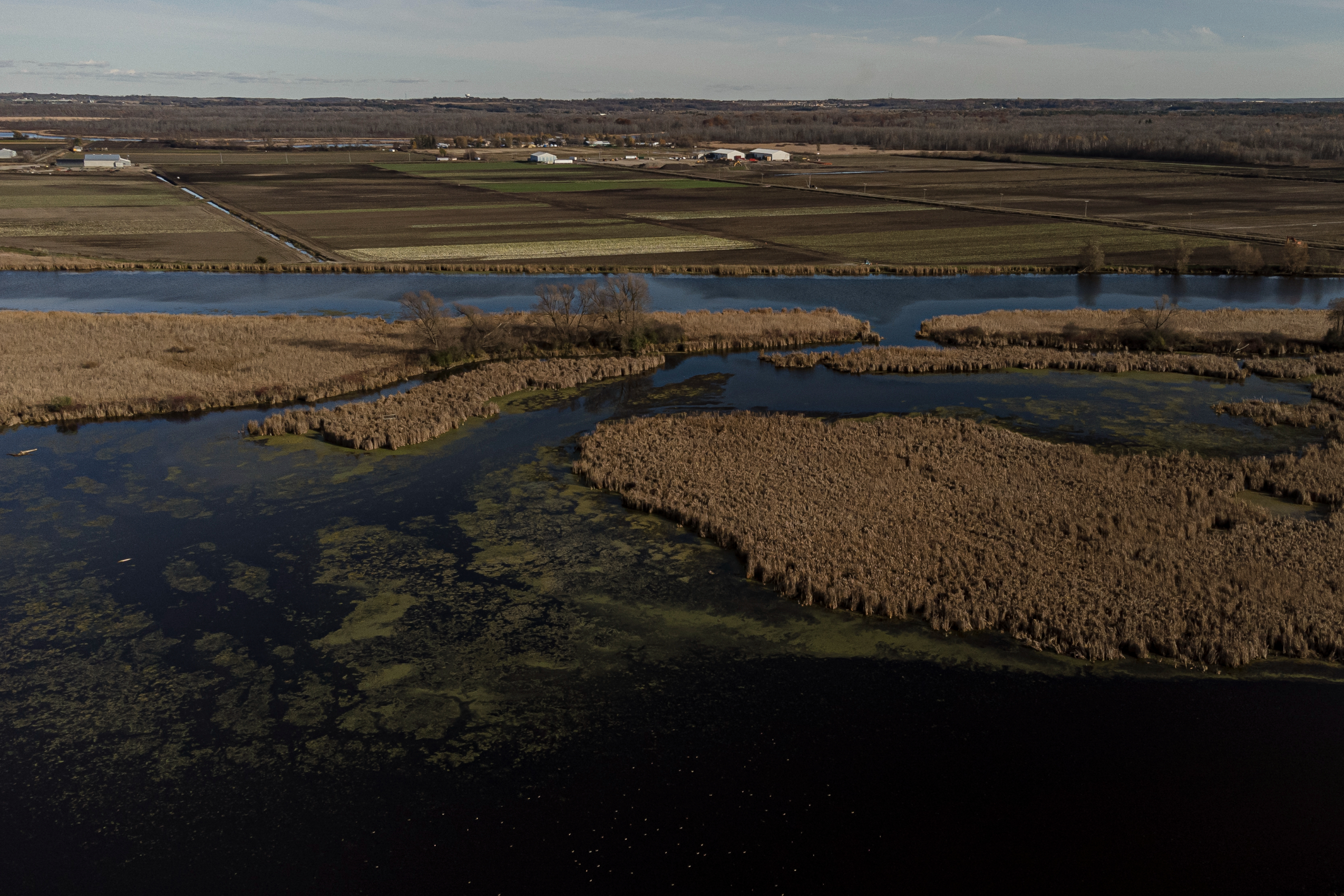
“It’s not really a surprise to us,” said Bradford West Gwillimbury Mayor James Leduc. “I don’t foresee it becoming eight lanes right away, but when any government plans a provincial highway, you would hope they would plan for expansion for the future.”
Leduc says he feels comfortable with the environmental assessment being done for the project, and says the project is a “necessity for our community.”
But a government tolling report predicts the highway will be congested the year it opens. Speeds on the eastbound bypass during the morning rush hour could slow to an average of 37 kilometres per hour on one section, estimates the report, a copy of which was obtained by the Simcoe County Greenbelt Coalition and given to The Narwhal and The Star.
Congestion would hamper two-thirds of trips eastbound towards Toronto on the highway in 2031, the report shows. It also concludes that doubling the size of the highway in 2041 would fix that issue — though it doesn’t mention the concept of induced demand, a long-observed phenomenon where adding lanes to existing roads attracts more drivers and fails to relieve clogged traffic in the long run.
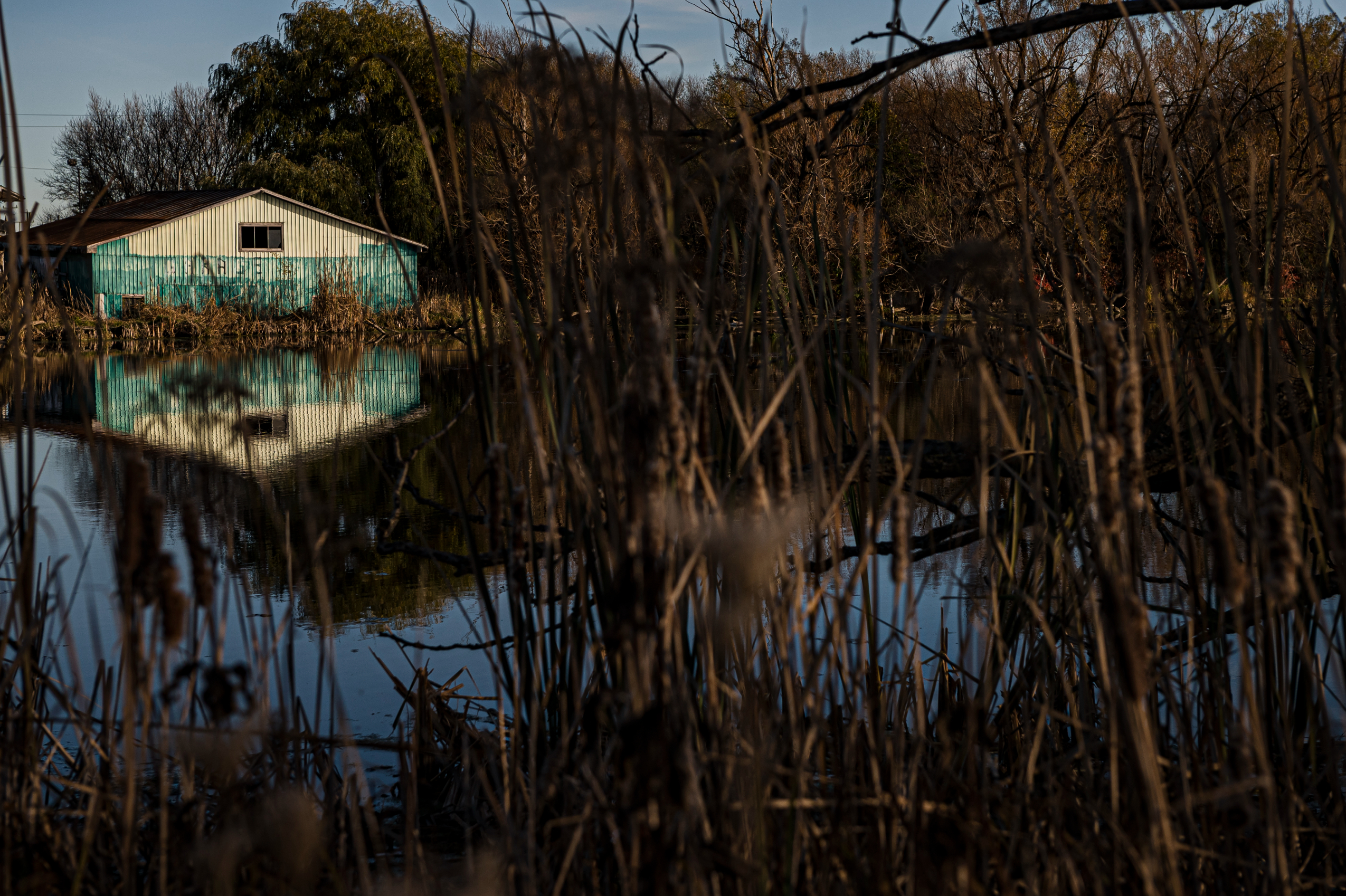
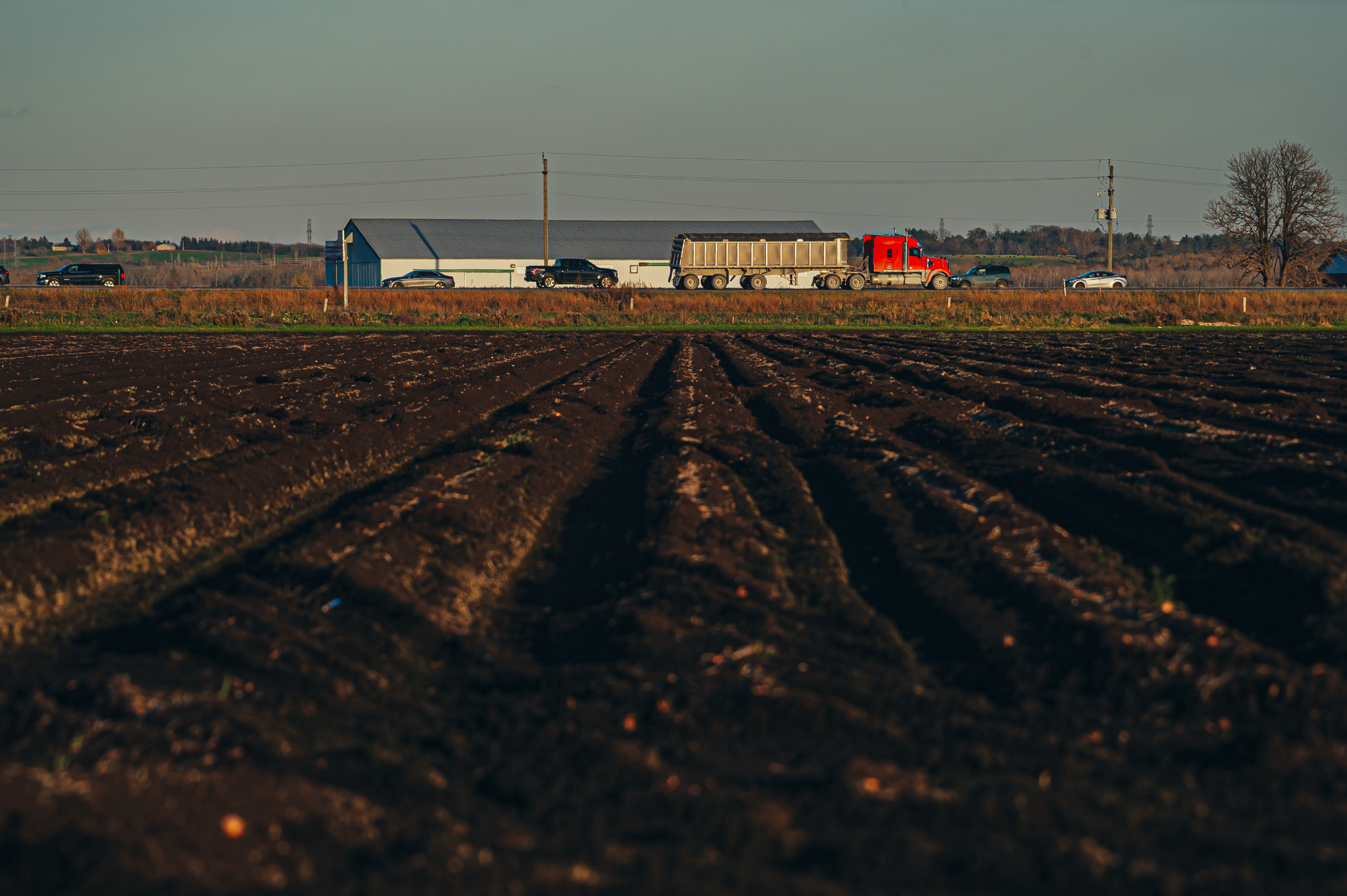
Brasier didn’t answer when asked whether the report accounted for induced demand, though she said the government does not have plans to toll the highway. (The government previously walked back plans to toll the bypass after a Toronto Star/National Observer investigation showed it had been building a business case to do so.)
“It’s going to be congested just like Highway 401 gets congested, and it’s one of the widest highways in North America,” Prophet said. “This is just one insane absurdity after another.”
In an email, Brasier argued the opposite: that the clogged Highway 401 is proof of the need for more roads. “Gridlock is not just going to disappear, and neither is commercial traffic,” she said.
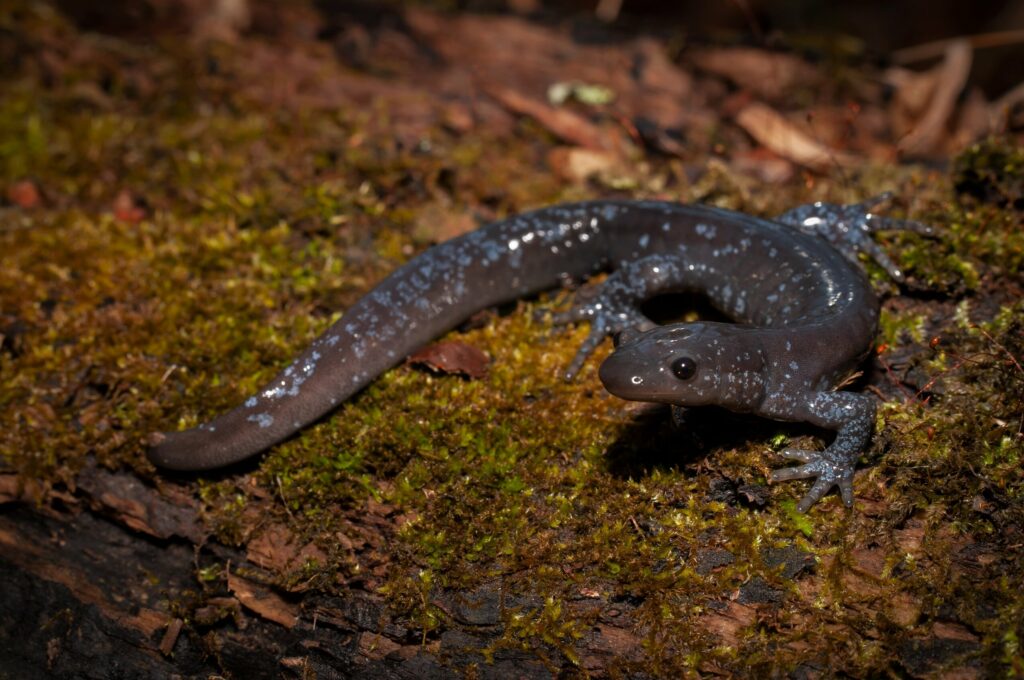
The Ontario government has been told the habitats of several species at risk may be along the route of the bypass, according to internal notes and a slideshow obtained by The Narwhal and The Star through access to information. The documents were prepared for a March 2022 meeting between the Ministry of Transportation, consultants and several other provincial and federal government departments.
One of the species that may be living along the highway route is the endangered Jefferson salamander: in 2019, the Ford government committed to protecting the salamander by curtailing the loss of its southern Ontario habitat, which has been largely lost to urban development. The document also notes the possible presence of other types of species at risk, including bats, meadow birds and turtles.
The highway will also cross waterways 30 times, according to the slideshow.
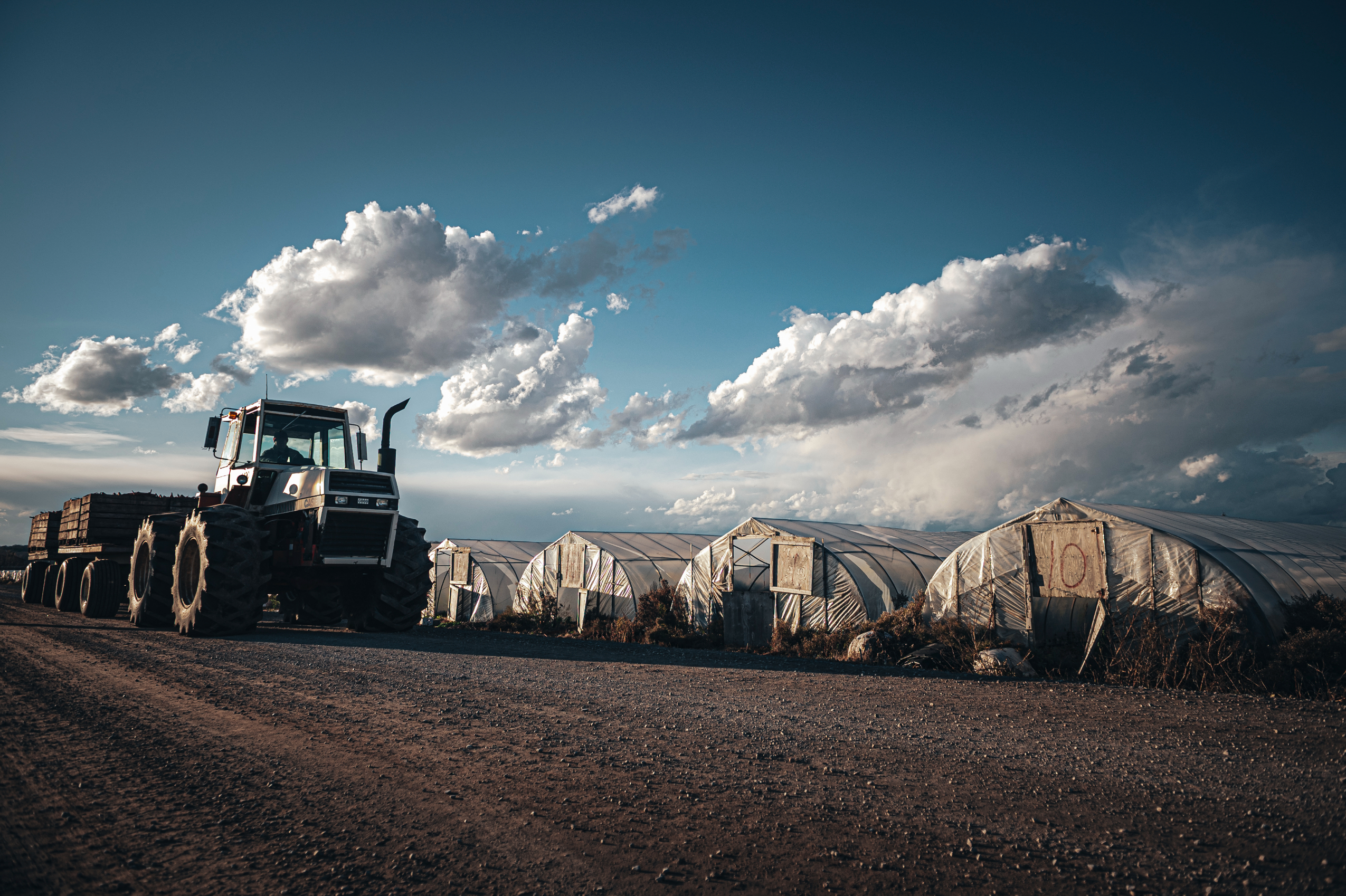
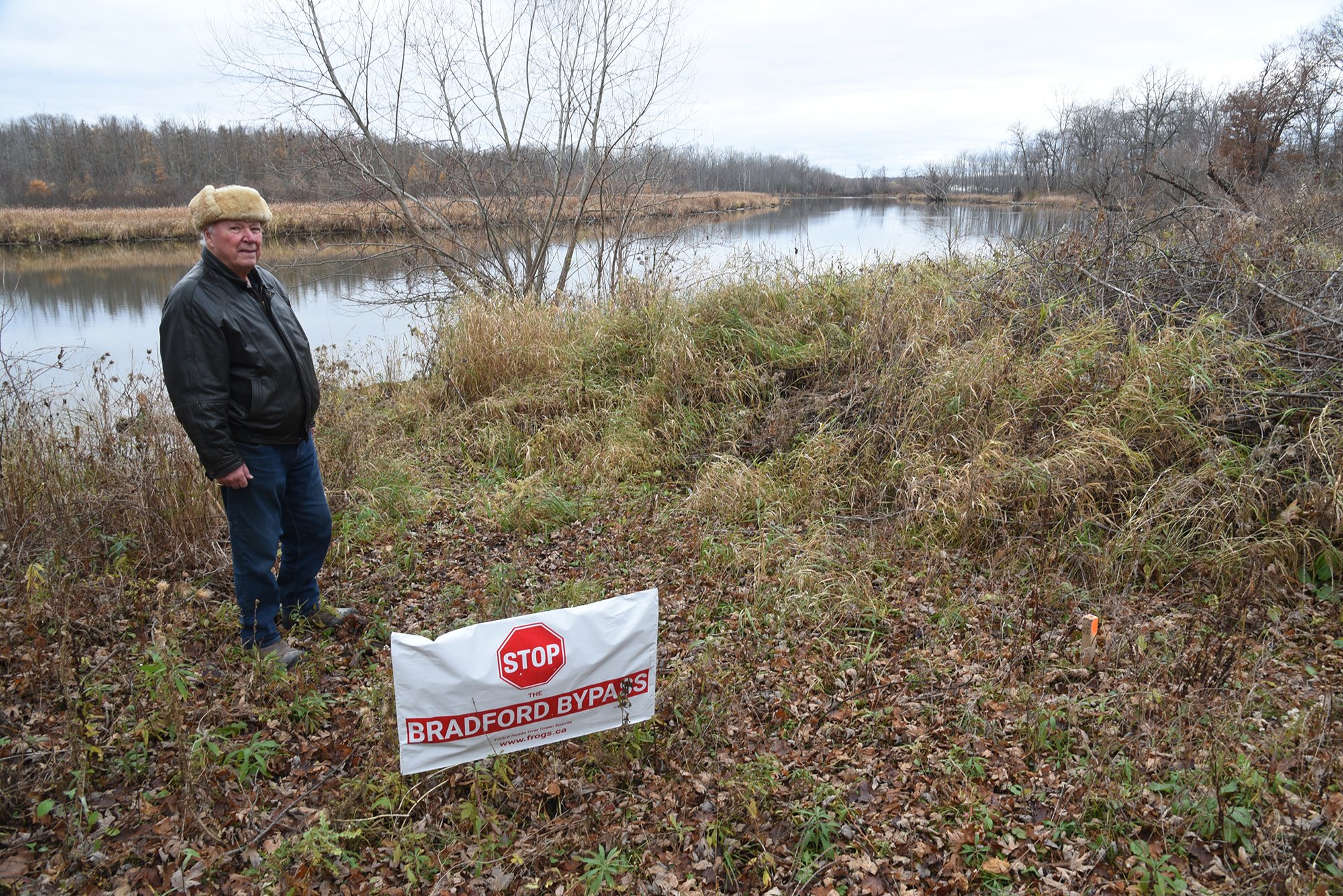
Bill Foster, who lives directly next to the proposed path of the Bradford Bypass in East Gwillimbury and has fought against the highway as the founder of Forbid Roads Over Green Spaces (FROGS), said he worries about how the noise and pollution will affect the species at risk nearby.
“Ever since the Ford government has come into place, they have done everything they need to totally ignore the environment, to do whatever they want to do.”
In an email, Brasier said the government is building the bypass in accordance with Ontario’s “strict environmental laws,” and is conducting a set of environmental studies aimed at ensuring current standards are being met.
Get the inside scoop on The Narwhal’s environment and climate reporting by signing up for our free newsletter. On a warm September evening nearly 15...
Continue reading
Climate change, geopolitics and business opportunities power a blue economy

10 billion litres of sewage are dumped into Winnipeg’s lakes and rivers each year. Some...

Court sides with Xatśūll First Nation, temporarily halting Mount Polley mine waste expansion
